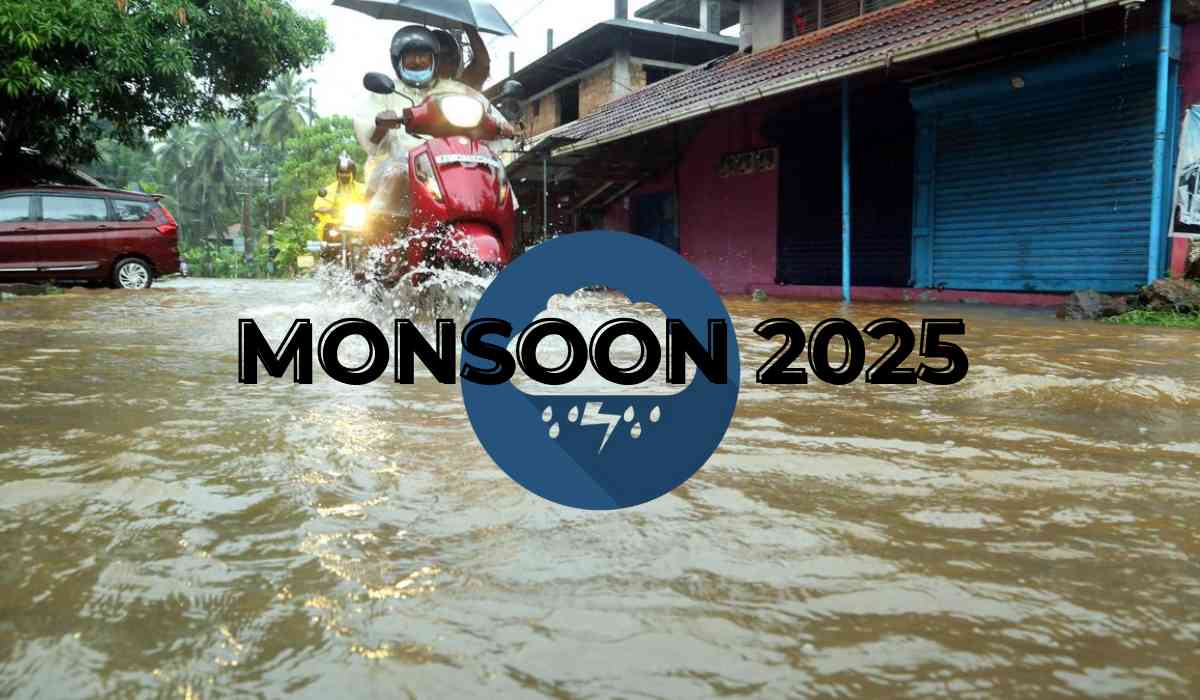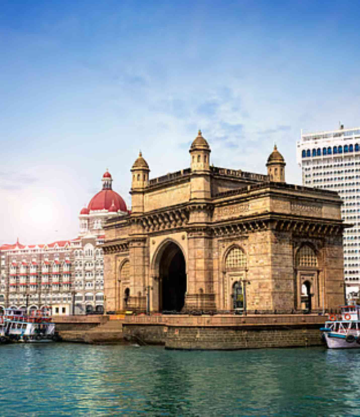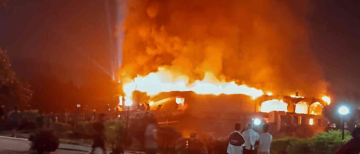Bengaluru has shattered its own rainfall records this May, witnessing the highest precipitation in the city's recorded history. The weather milestone, coupled with early monsoon onset and widespread weather alerts across Karnataka, underscores a growing climate shift in South India.
Bengaluru Breaks Its Own Record: Wettest May in History
As of 6 a.m. on May 26, 2025, Bengaluru officially recorded 307.9 mm of cumulative rainfall, making it the wettest May since records began, according to the India Meteorological Department (IMD). This new figure surpasses last year's record of 305.4 mm set in May 2023, and obliterates the long-standing benchmark of 280 mm from May 1957 — which remained unbeaten for over six decades until just last year.
Rainfall data for the month reveals a consistent upward trend over the past decade:
-
May 2025: 307.9 mm
-
May 2023: 305.4 mm
-
May 2022: 270.4 mm
-
May 2017: 241.9 mm
-
May 2018: 239.8 mm
These figures indicate that four of the five wettest Mays on record for Bengaluru have occurred in the last ten years, reflecting a larger pattern of intensifying pre-monsoon rainfall events and climate variability in the region.
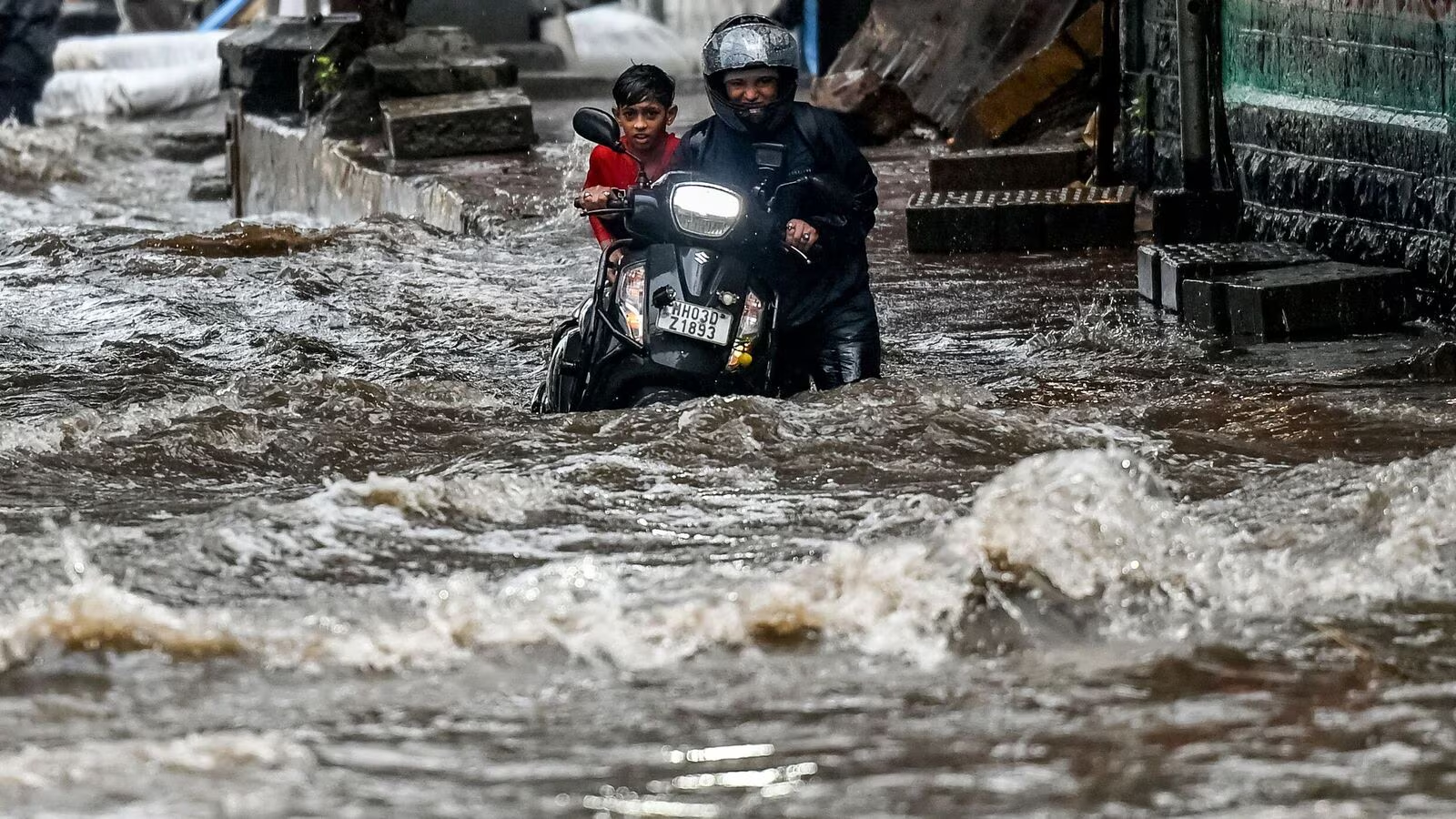
Pre-Monsoon Season Soaks Karnataka: Rainfall Far Exceeds Norms
This year's pre-monsoon season — from March 1 to May 26 — has not just drenched Bengaluru, but much of Karnataka as well. The Bengaluru Urban district alone has received 340.6 mm of rainfall, a departure of 155 mm from the seasonal norm.
Across the state, the pattern is consistent:
-
Karnataka's statewide average (Mar 1 – May 26): 232.8 mm, versus a normal of 96.7 mm
-
South Interior Karnataka (includes Bengaluru): 249.1 mm, nearly double the norm of 124.1 mm
-
North Interior Karnataka: 201.8 mm, almost triple its average of 67.5 mm
This exceptional rainfall has brought both benefits and burdens — replenishing water reservoirs and groundwater levels, but also triggering urban flooding, infrastructure strain, and traffic snarls across major cities.
Early Monsoon Arrives in Karnataka
The IMD confirmed the early arrival of the southwest monsoon over Karnataka on May 24, simultaneously with Kerala. By May 26, the monsoon had covered the entire state except for Bidar.
According to IMD Bengaluru director-in-charge N Puviarasan, forecasts had warned of the onset well in advance, giving state agencies time to prepare. However, the intensity and volume of rainfall still caught many off guard, especially in flood-prone and low-lying areas.
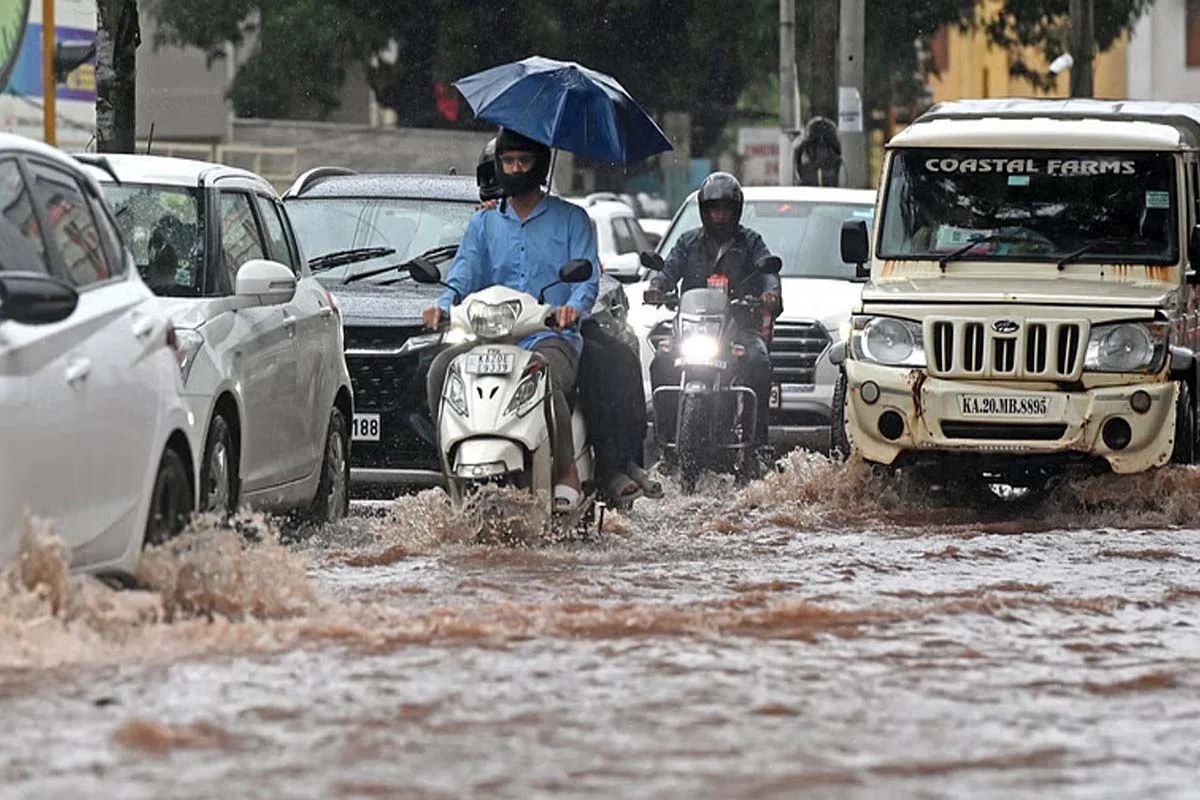
Red Alerts, Strong Winds, and Temperature Drops
The IMD has issued a series of alerts for Karnataka through the end of May:
-
Red alert: Coastal Karnataka and Western Ghats
-
Orange alert: North Interior Karnataka
-
Yellow alert: South Interior Karnataka
Strong winds have accompanied the rains:
-
Ghat regions (including Chikkamagaluru, Shivamogga, Kodagu, Mysuru): 50–60 kmph
-
Other regions of Karnataka: 40–50 kmph
In Bengaluru, wind speeds ranged from 30 to 50 kmph, contributing to fallen trees and further infrastructure pressure.
The city also experienced a significant temperature drop on May 26:
-
Maximum temperature: 26.7°C (down from the normal 32°C)
-
Minimum temperature: Around 20°C
These lower temperatures are expected to persist through the remainder of May, keeping the city cool but damp.
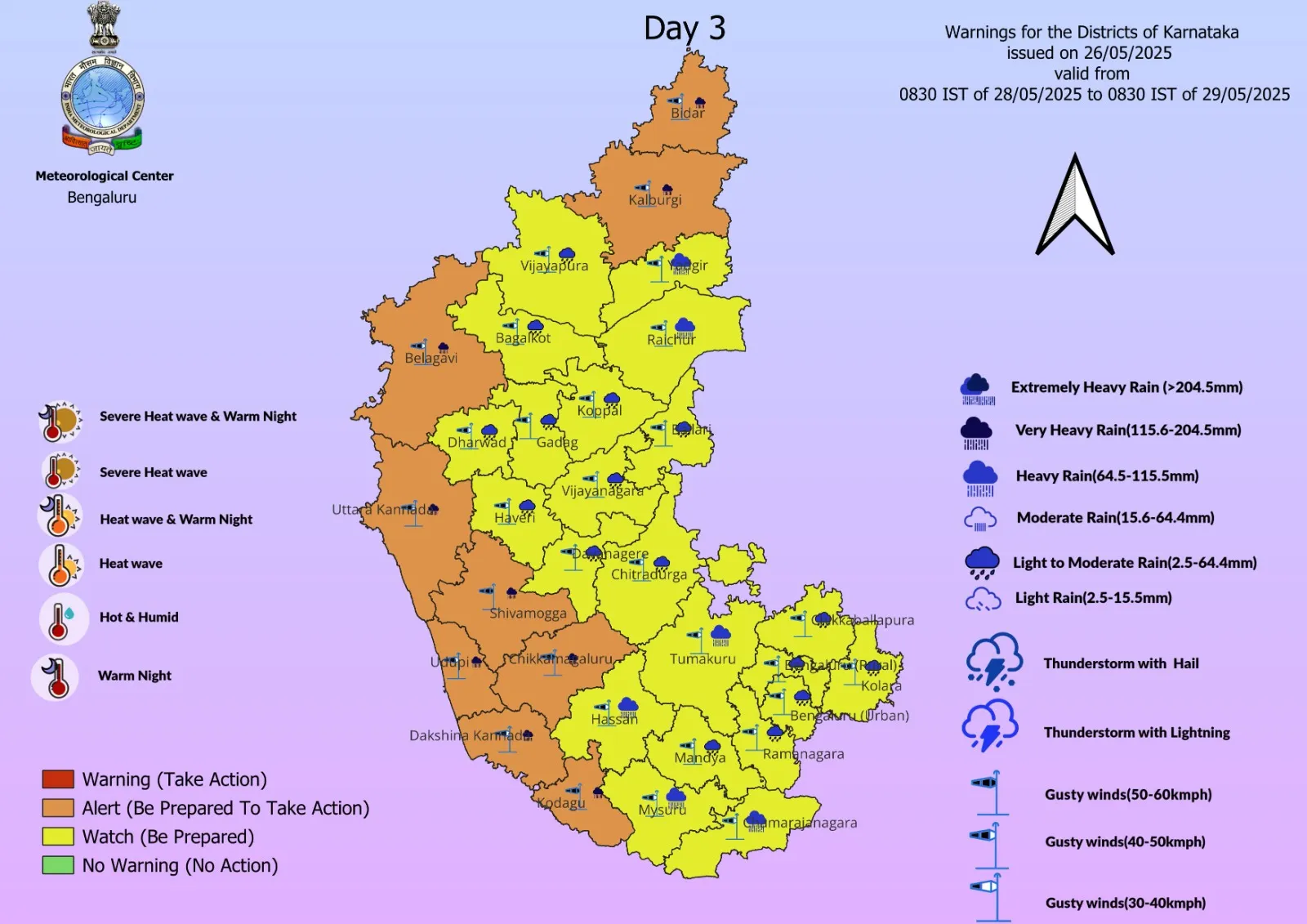
Rainfall Intensity and Flood Concerns in Bengaluru
Bengaluru's civic body, Bruhat Bengaluru Mahanagara Palike (BBMP), had earlier identified 210 flood-prone zones. As of late May:
-
166 vulnerable spots have been mitigated
-
Only 13 of 183 lakes have operational sluice gates
Officials have intensified cleaning operations in stormwater drains and have been instructed to lower lake water levels to prevent overflow. Residents are on alert for tree falls, lightning, and hazardous structures.
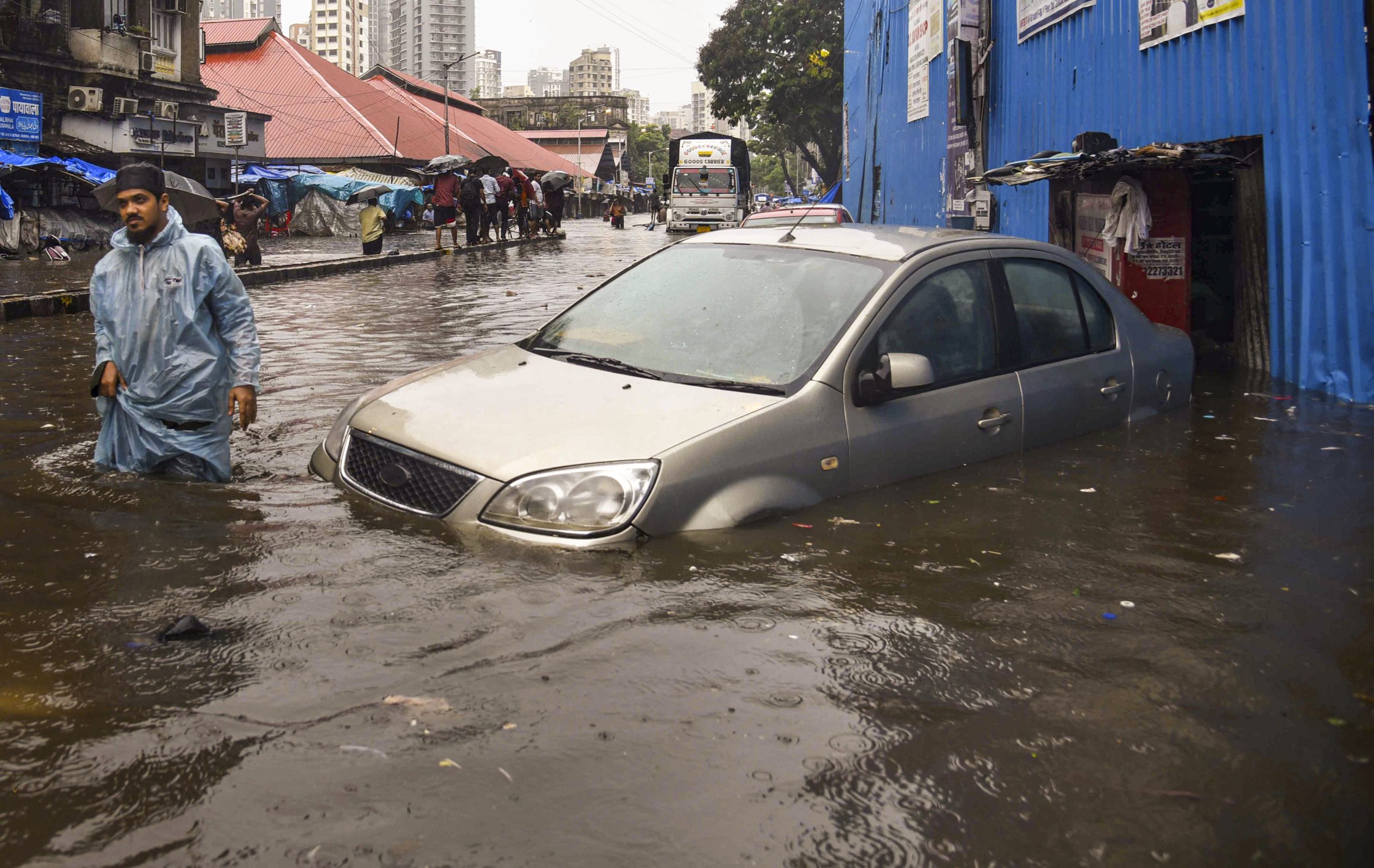
Coastal and Interior Karnataka Grapple with Flooding, Disruption
The impact of the rains has been severe in districts like Dakshina Kannada, Ullal, and Bantwal:
-
Seven homes damaged, six in Mangaluru and one in Bantwal
-
Flooding of low-lying areas and riverbank villages
-
Tourists stranded at Erugundi waterfall rescued after sudden water surge
-
Trees fell, roads blocked, and normal life disrupted
A 25-member NDRF team was deployed in Puttur to support ongoing emergency responses. Local authorities issued strict advisories:
-
Avoid standing under trees or near electrical poles
-
Keep children indoors during stormy conditions
-
Suspend fishing activities; all boats recalled from sea
-
New Mangalore Port Trust allowed vessels to anchor safely
IMD Cautions of Heavy, Short-Duration Rainfall Spells
The IMD has warned that along with continuous rain, Karnataka is likely to experience short, high-intensity rain bursts — increasing the likelihood of flash floods and landslides in vulnerable regions.
Forecasts for Bengaluru (May 25–29) include:
-
Generally cloudy skies
-
Heavy rainfall with thundershowers
-
Daytime temperatures between 25–27°C
-
Nighttime temperatures between 19–20°C
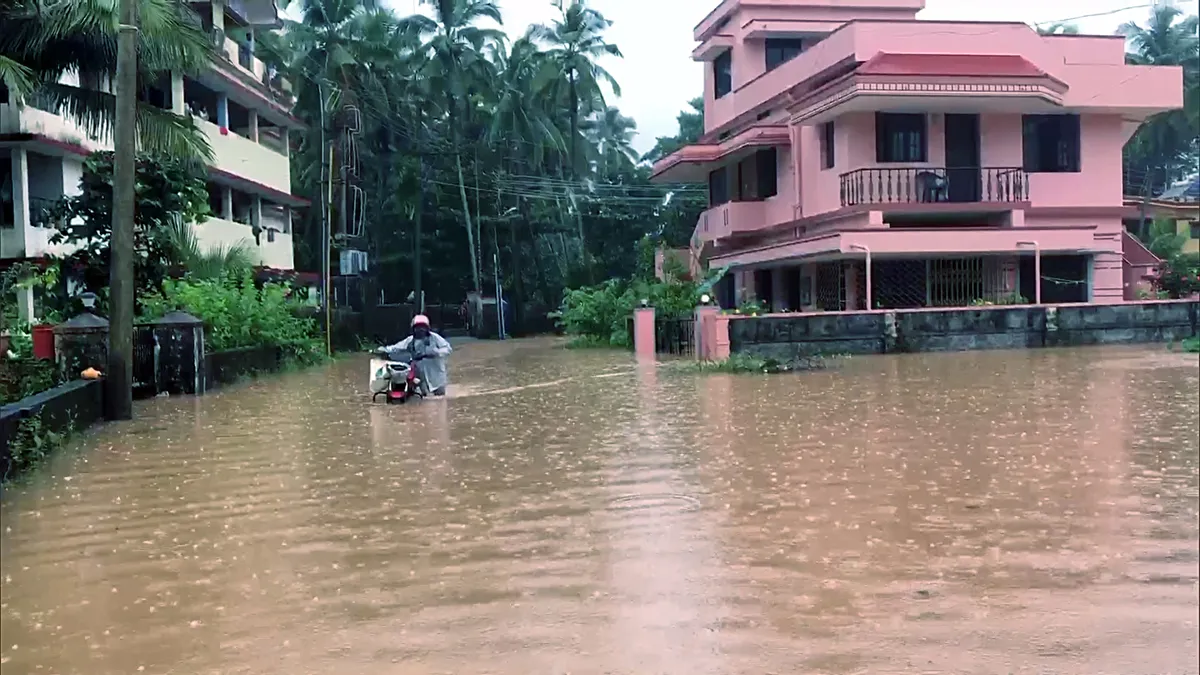
Climate Shift: Bengaluru’s Rainfall Patterns Undergoing Rapid Change
The stark difference between Bengaluru’s normal May rainfall average (128.7 mm) and the 2025 figure (307.9 mm) illustrates the magnitude of the change. Experts and climatologists point toward:
-
Increased frequency of extreme weather events
-
Accelerated urban flooding risks
-
Unpredictable monsoon behavior
Urban planners, civic authorities, and environmentalists are urging long-term infrastructure upgrades and resilience planning to cope with this new normal — especially in cities like Bengaluru where population growth and real estate expansion already strain systems.
Final Thoughts
Bengaluru’s historic rainfall in May 2025 is not just a meteorological milestone — it's a wake-up call. With climate change intensifying weather variability, and infrastructure still catching up, cities like Bengaluru must act decisively to prepare for a wetter, wilder future. The IMD’s warnings and real-time data serve as both evidence of disruption and tools for prevention. What remains to be seen is how quickly and effectively this data translates into durable solutions for the city and state.
With inputs from agencies
Image Source: Multiple agencies
© Copyright 2025. All Rights Reserved Powered by Vygr Media.

